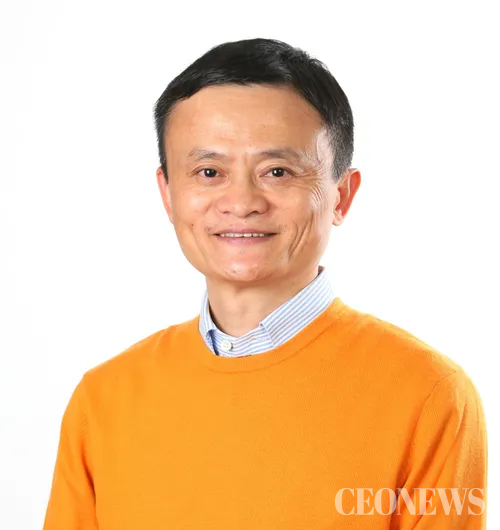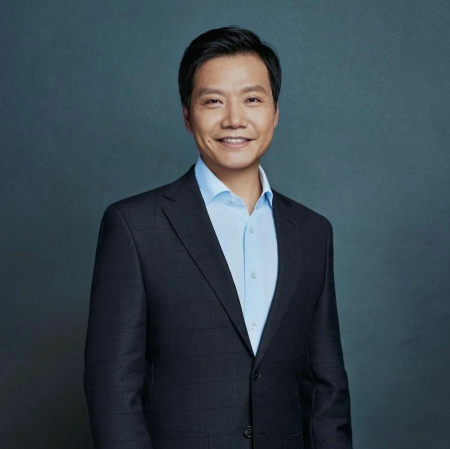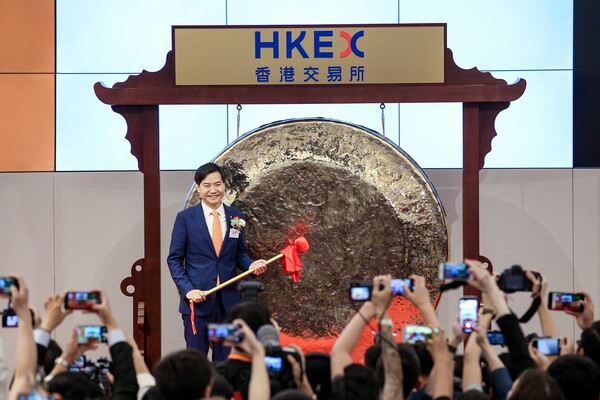The Future Drawn by Two Titans of China’s Tech Industry

[CEONEWS = Jaehoon Lee, Editor-in-Chief] Two titans locked in combat—on a continent where a dragon soars and a tiger roars, two “heroes” rewired the economic order. One is Jack Ma (馬雲), who built the Alibaba e-commerce empire and rewrote how Chinese consumers shop. The other is, hailed as the “Steve Jobs of China,” who rattled the smartphone market with Xiaomi’s disruptive business model.
Over five previous installments we decoded the hidden DNA of global IT giants: ① Elon Musk vs. Jensen Huang—“bold bets on the future,” ② Jeff Bezos vs. Tim Cook—“disruptive innovation vs. perfectionism,” ③ Satya Nadella vs. Sundar Pichai—“strategy for the platform wars,” ④ Mark Zuckerberg vs. Lisa Su—“high-stakes moves in Silicon Valley,” and ⑤ Sam Altman vs. Reed Hastings—“new leadership for the AI age.” Now we turn east to dissect the leadership of two masterminds who shaped China’s tech ecosystem.

Jack Ma and Lei Jun not only built successful companies; they helped move China’s tech industry to the center of the global stage. Yet their leadership DNA differs utterly: Ma the “seer” who anticipates the future, and Lei the “realist” who optimizes for the present. What, precisely, are those divergent DNAs—and how did they redraw China’s tech map?
Jack Ma’s DNA: A Seer Who Turns “Crisis” into “Opportunity”
![[알리바바 마윈 회장]](https://cdn.ceomagazine.co.kr/news/photo/202508/33953_29529_4158.jpg)
Jack Ma’s life is a string of setbacks: three failed college entrance exams, dozens of job rejections. Those frustrations fertilized the unique management philosophy that preceded Alibaba. His DNA can be distilled to “crisis foresight and audacious vision.”
When the internet was still nascent, Ma focused on the pain of China’s traders. He founded Alibaba with a vision to let SMEs sell abroad easily. Back then, the internet felt alien and e-commerce even more impossible. Ma rallied employees by saying, “If people don’t yet see the value of the internet, that’s exactly our opportunity.”
His foresight shone during the 2003 SARS outbreak. With people staying home and offline retail collapsing, Ma launched Taobao, betting that online shopping would be the best alternative. The bet hit bull’s-eye: riding the “crisis,” Taobao exploded and seized China’s e-commerce throne.
Ma’s DNA resembles the idiom “prepare the umbrella before it rains (觀雨傘)”—seeing what others don’t and moving first. He reinvented finance through Alipay, and placed bold bets on cloud computing and logistics, evolving Alibaba from an e-commerce company into a digital infrastructure giant.
But audacity can read as overconfidence. In 2020, Ma’s blunt criticism of regulators pulled him down from the pinnacle of power. An entrepreneur’s free spirit and his insistence on social responsibility collided with China’s system. His retreat stands as a reminder of the risks borne by iconoclasts.
Lei Jun’s DNA: A Realist Who Dismantled Markets with “Disruptive Value-for-Money”

Though dubbed the “Steve Jobs of China,” Lei Jun’s DNA diverges sharply from Ma’s. Xiaomi’s founding slogan—“excellent quality at low prices”—ran counter to Apple and Samsung’s premium strategies. His DNA boils down to “value-for-money–driven disruptive innovation.”
Lei fully embraced the internet’s hallmark—information equality—in corporate execution. He adopted lean operations, pairing top-tier components with minimal distribution and marketing costs. By selling direct-to-consumer online, Xiaomi dodged retail markups; viral marketing and fandom kept ad spending lean.
This birthed Mi, Xiaomi’s fan community. Lei solicited user feedback directly, then built what customers actually wanted—not just a product but a gravitational pull into the Xiaomi ecosystem.

Lei’s DNA is a modern take on “Man proposes, Heaven disposes (謀事在人, 成事在天).” He dissects market currents coolly and executes practical strategies. Rather than collide head-on with Apple in the premium tier, he flanked the market—racing up share in the mid- to low-end.
His ambitions spread beyond phones. With smartphones as the hub, Xiaomi built a hardware ecosystem spanning appliances, wearables, and even EVs—a path to dominance distinct from Ma’s platform ecosystem.
There are limits: value-for-money is easy to imitate. With Huawei, OPPO, and vivo copying the playbook, Xiaomi’s surge at times stalled. Despite the “second Jobs” moniker, Xiaomi still hasn’t toppled Apple in the premium tier.
The Shared DNA: User-Centric Innovation and Ecosystem Building
Despite divergent paths, the pair share a core double helix: user-centricity and ecosystems.
Ma used Alibaba’s platforms to connect SMEs and consumers seamlessly. He believed tech must empower the previously excluded. Alipay’s escrow arose to secure online payments and build trust—innovation anchored in removing user friction.
Lei’s famed cost-performance mantra is likewise user-first: deliver what people want at prices they welcome. He absorbed feedback from Mi fans and iterated relentlessly. That user focus naturally extended to ecosystem logic.
Ma’s Alibaba sprawled into Alipay (finance), Cainiao (logistics), and Alibaba Cloud, enlarging influence beyond shopping into finance and daily life. Lei’s Xiaomi ecosystem linked phones to appliances, wearables, and EVs—creating a lock-in that weaves Xiaomi into daily routines. Different starting points, same principle: put the user at the core and build a vast orbit around them.
Scoreboard: The Light and Shadow in the Numbers
Alibaba. Under Ma’s audacity, Alibaba bulked up fast, with Taobao and Tmall commanding share and minting cash. Ant Group was poised to crown the empire with a 2020 IPO that valued it at $300B+—until regulatory backlash shelved the listing and Alibaba’s stock slumped. In the wake of Ma’s retreat, Alibaba hasn’t recaptured its prior breakneck growth.
Xiaomi. Fueled by Lei’s value-for-money strategy, Xiaomi rose from startup (2010) to heavyweight in mere years, then expanded into India and Europe. By 2024, Xiaomi held a firm No. 3 spot globally behind Apple and Samsung. Beyond phones, TVs, air purifiers, and robot vacuums broadened revenue streams. The SU7 EV launched in 2024, signalling a new growth engine—an ongoing story.
Epilogue: The “Chinese-Style Innovation” Shadow Their DNA Casts
Ma and Lei each built empires—Alibaba and Xiaomi—that rewrote China’s tech history. Ma transformed invisible infrastructure—finance, logistics, cloud—through platforms; Lei penetrated everyday life with tangible hardware.
Ma’s DNA is seer-like inversion of crisis into opportunity; Lei’s is reality-optimized strategy wielding value-for-money. Both chased innovation, but by different means—Ma with forward-loaded bets on the unseen future, Lei with surgical strikes on the market right in front of him.
Their success casts a shared shadow called “Chinese-style innovation”—where state-driven market order can clash with private-sector ingenuity. Ma fell after criticizing regulators; Lei has fought to shed the “copycat” taint.
Their stories go beyond corporate victories, exposing the trials innovators face between market and power. The DNA they leave behind is a key to reading China’s tech future. The next generation of Chinese CEOs will be judged by how deftly they blend Ma’s audacious vision with Lei’s pragmatic strategy to forge the next wave of innovation.

